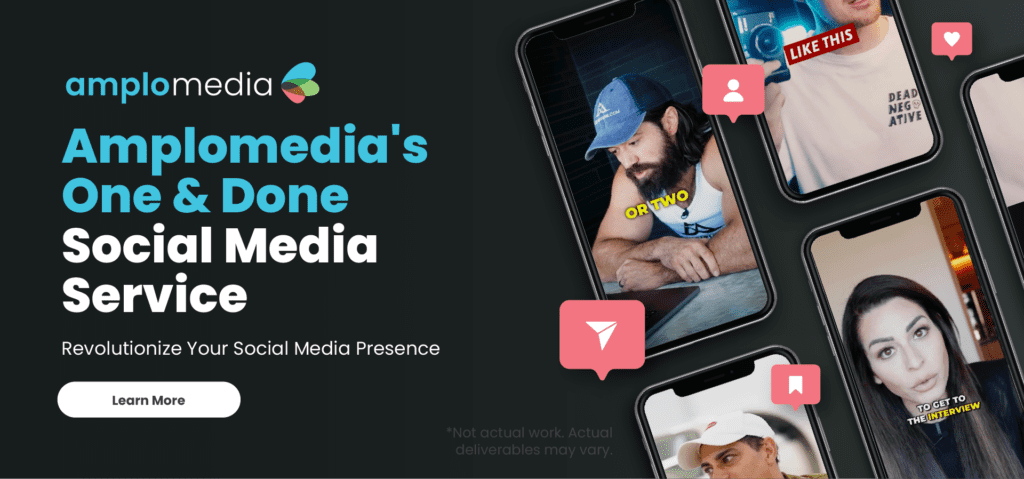Think about your daily online experience. How often do you scroll past content without a second glance? Now think about the rare moments when something grabs your attention and makes you pause, click, or read. The difference between being ignored and being irresistible lies in the headline. Titles and headlines are your first—and sometimes only—chance to connect with your audience, and mastering the art of writing them is essential to cutting through the noise.
This guide will take you through the strategies for crafting compelling headlines that demand attention, drive engagement, and get results. Whether you’re creating blog titles, social media posts, or email subject lines, these tips will help your headlines stand out in a crowded digital space..
Know Your Audience’s Desires and Pain Points
Before you can write an effective headline, you need to know what your audience cares about. Are they looking for solutions to a problem? Inspiration to tackle a challenge? Clarity in a sea of confusion? Understanding their desires and pain points allows you to speak directly to their needs.
For instance, a headline like “Stop Wasting Time: 5 Tools to Simplify Your Marketing” addresses a pain point while offering a clear solution. When your audience feels that your content is tailored to them, they’re far more likely to engage.
Be Specific and Valuable
Vague headlines don’t work. Your audience wants to know exactly what they’ll get if they click, so don’t make them guess. Specificity not only builds trust but also sets clear expectations for your content.
Instead of writing, “How to Improve Your Branding,” opt for something more precise like, “5 Proven Branding Tips to Triple Your Brand Recognition.” The latter promises actionable insights and measurable results, making it more compelling.
Inject Emotion to Create Impact
Emotionally charged headlines are powerful. They tap into your audience’s feelings, whether it’s excitement, curiosity, or urgency. Use words that elicit a reaction—terms like “game-changing,” “essential,” or “unbelievable” can create anticipation.
For example:
- Curiosity: “What Successful Brands Know That You Don’t (Yet)”
- Urgency: “Don’t Miss These 7 Last-Minute Branding Hacks”
- Excitement: “Discover the Ultimate Guide to Transform Your Brand”
Emotionally engaging headlines aren’t just eye-catching; they make your audience feel like they need to read more.
Numbers and Lists: Simple but Effective
Numbers work because they promise structure and ease. Whether it’s a list of tips, steps, or secrets, numerical headlines are irresistible because they’re straightforward and actionable.
Examples include:
- “10 Mistakes That Are Killing Your Brand Identity”
- “7 Steps to Build a Logo Your Audience Will Love”
- “3 Design Trends That Will Dominate 2024”
Odd numbers, in particular, often perform better as they appear more authentic and less formulaic. Pair numbers with powerful adjectives to make your headline even more enticing.
Keep It Short and Snappy
In the age of short attention spans, brevity is your best friend. Aim for 6–12 words to ensure your headline is punchy and fully visible on platforms like search engines or social media.
For example:
- Too Long: “A Comprehensive Guide to Building a Unique Brand from Scratch in Just 30 Days”
- Just Right: “Build a Unique Brand in 30 Days”
Shorter headlines are easier to skim and remember, making them perfect for fast-paced scrolling environments.
Experiment With Questions
A well-phrased question invites your audience to reflect and engage. It sparks curiosity and hints at the answer waiting inside your content. For example:
- “Are These 5 Branding Mistakes Costing You Customers?”
- “What’s the Secret to Designing a Logo That Lasts?”
- “Ready to Take Your Brand to the Next Level?”
Questions are particularly effective because they challenge the reader to find out more, drawing them into the content.

Test Your Headlines for Performance
Even the most carefully crafted headline might not hit the mark. Testing is key to learning what resonates with your audience. Use A/B testing for email subject lines or analyze the performance of different headlines on social media to see which one garners more clicks or engagement.
Tools like CoSchedule’s Headline Analyzer can help you assess the strength of your titles before you publish. Over time, these insights will help you refine your headline-writing skills and consistently deliver scroll-stopping results.
Avoid Common Pitfalls
Not every headline idea will work. To ensure yours stands out, avoid these mistakes:
- Overpromising: Don’t make claims your content can’t back up.
- Clickbait: A misleading headline damages trust and increases bounce rates.
- Keyword Stuffing: Use keywords naturally—forcing them can hurt readability.
Focus on clarity and value above all else.
Make Headlines Part of a Winning Brand Strategy
Writing scroll-stopping headlines is more than just a tactic—it’s a core component of building a brand that captures attention and drives engagement. A strong headline can attract new customers, strengthen brand identity, and set the tone for your messaging.
If you’re ready to elevate your headlines and overall brand identity, Amplomedia’s Graphic Design & Branding Services can help. From creating compelling visuals to crafting cohesive messaging, we’ll ensure your brand turns heads and leaves a lasting impression. Let’s create something remarkable together!pages can increase dwell time and reduce bounce rates, both of which Google rewards.
